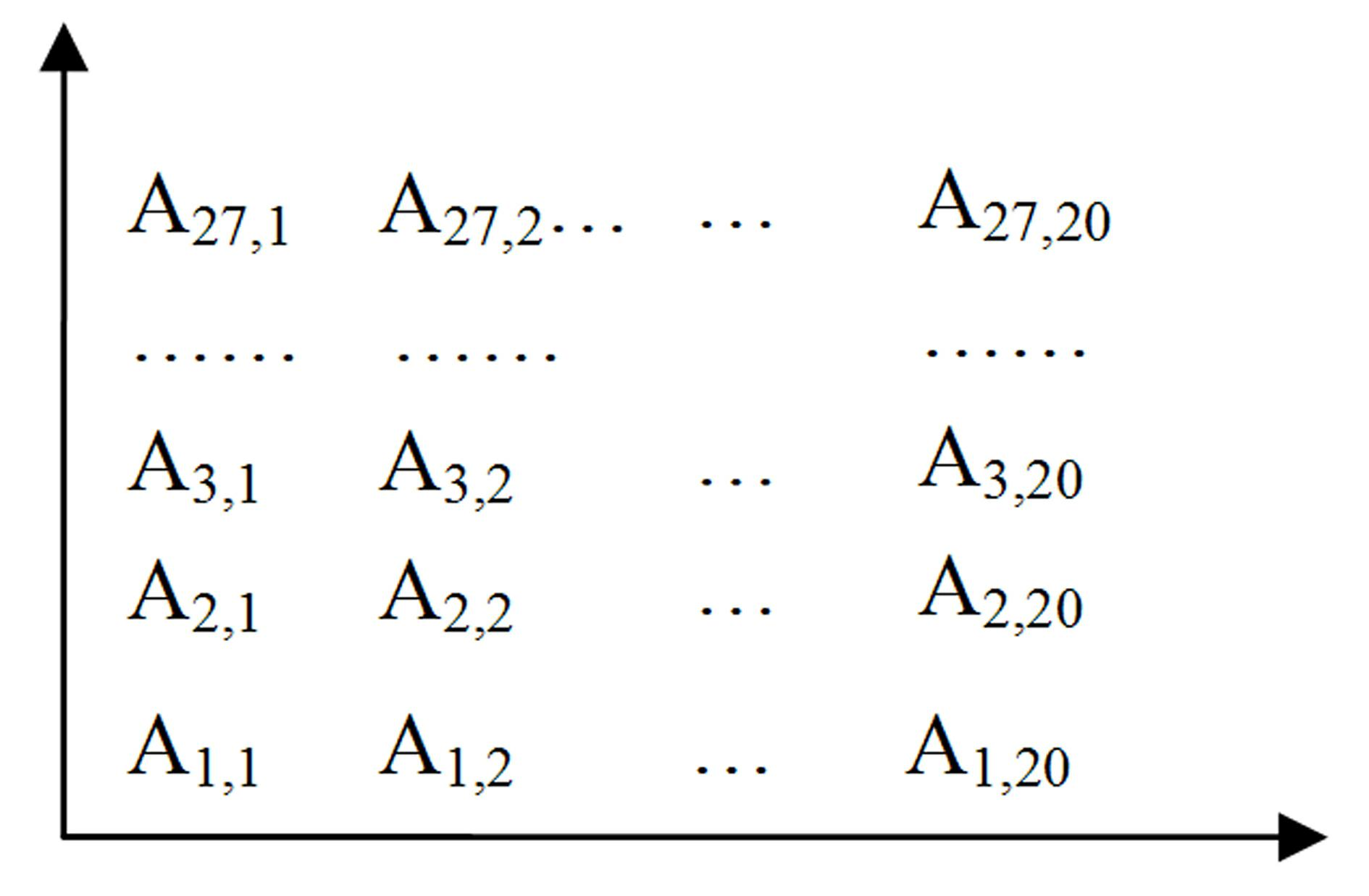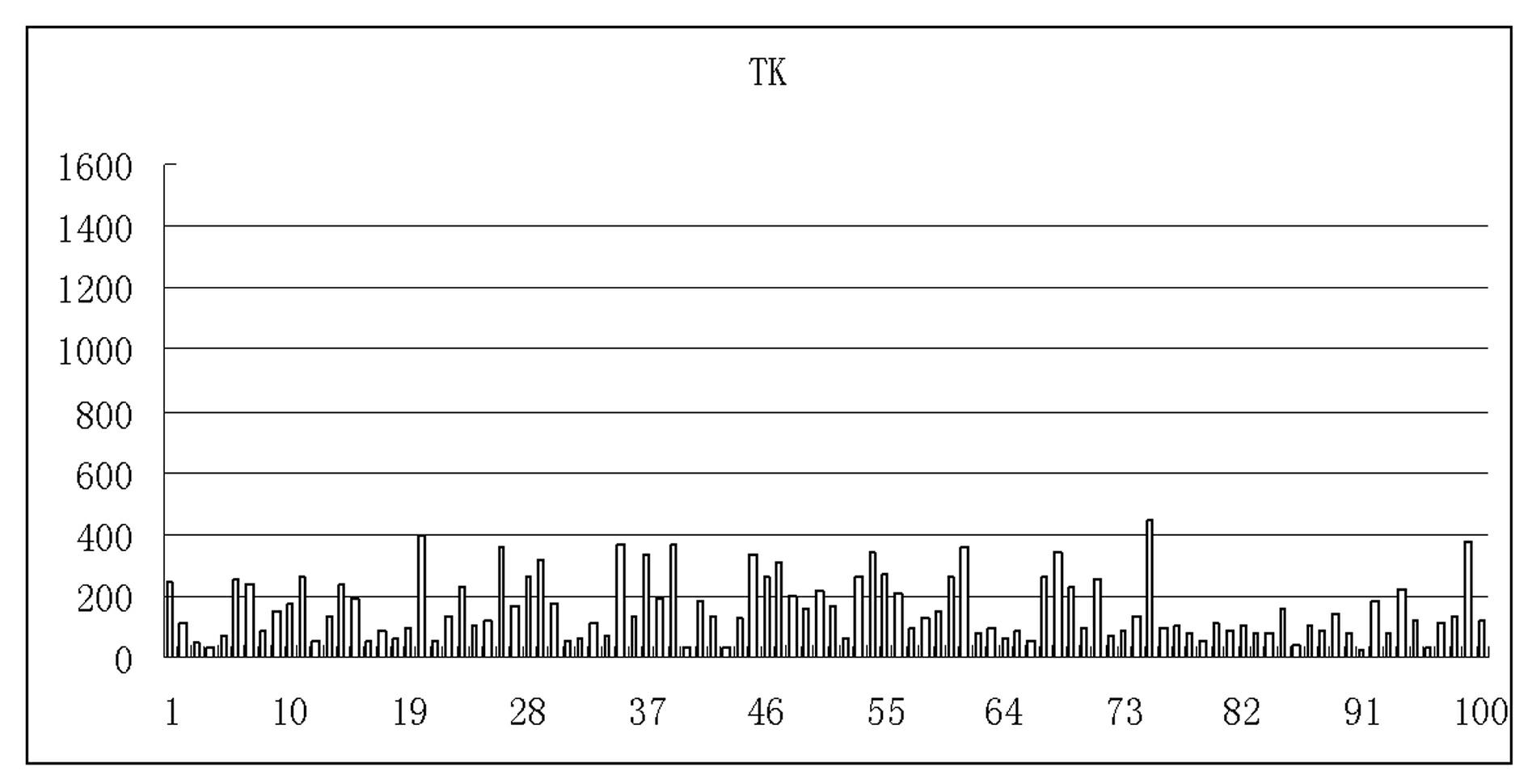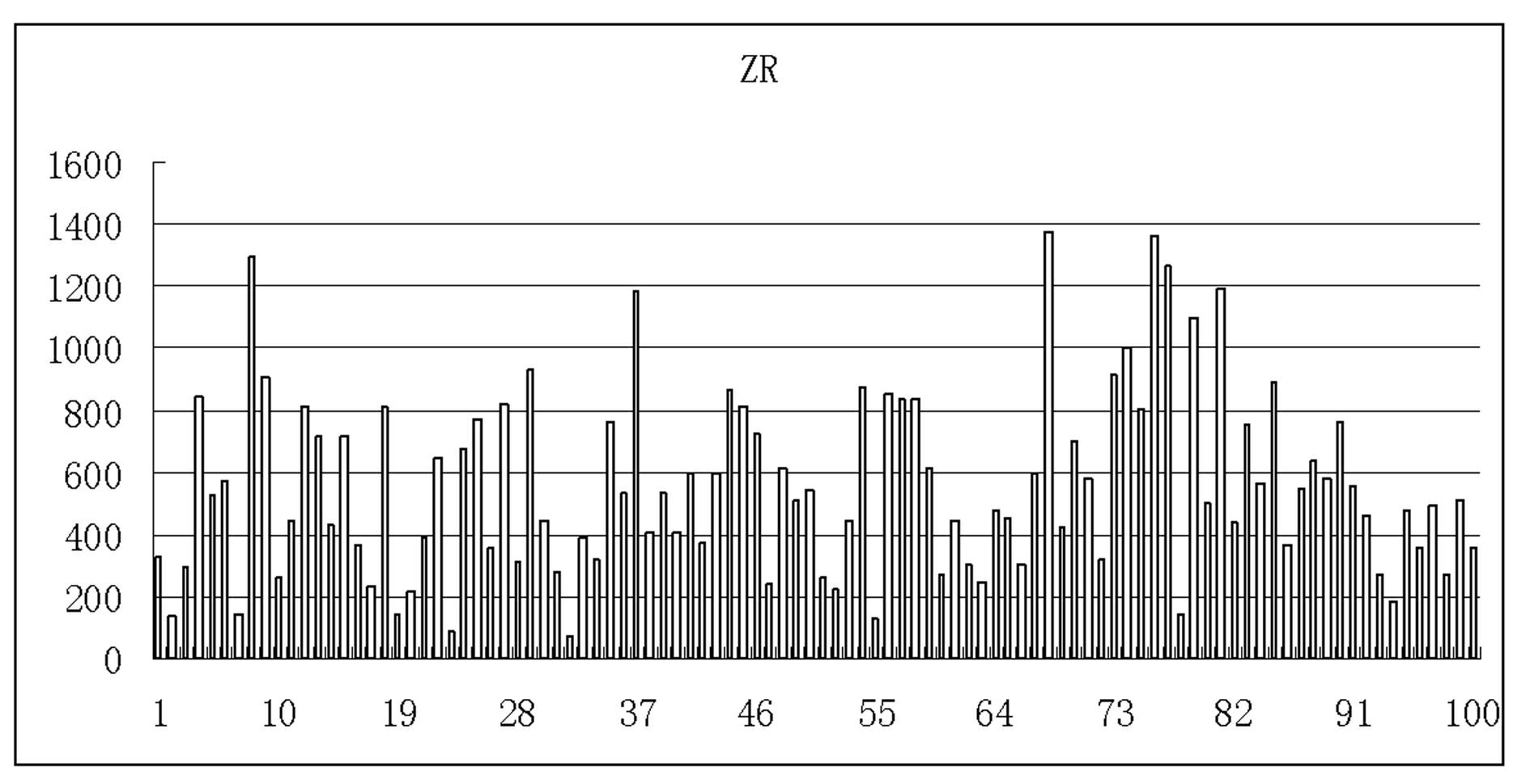Method for distinguishing Thangka image from non-Thangka image
An image and Thangka technology, which is applied in the field of distinguishing Tibetan Thangka digital images and non-Thangka digital images, can solve the problems of distinguishing between non-Thangka images and non-Thangka images, etc.
- Summary
- Abstract
- Description
- Claims
- Application Information
AI Technical Summary
Problems solved by technology
Method used
Image
Examples
Embodiment Construction
[0089] The whole implementation process includes the training stage and the recognition stage; the training stage includes preprocessing, feature extraction, similarity measurement and classifier design; the recognition stage includes preprocessing, feature extraction, similarity measurement and classifier identification.
[0090] In the training phase, the training set images are firstly preprocessed by normalization, block segmentation, and gray scale; by extracting features such as image information entropy, image color change rate, and image symmetry, the image used to distinguish Thangka images from Thangka images is obtained. The discriminative features of non-Thangka images; then templates, threshold training and similarity measurement are performed on image information entropy features, image color change rate features and image symmetry features; finally, a classifier is designed using interval threshold progressive algorithm.
[0091] In the recognition stage, the ima...
PUM
 Login to View More
Login to View More Abstract
Description
Claims
Application Information
 Login to View More
Login to View More - R&D
- Intellectual Property
- Life Sciences
- Materials
- Tech Scout
- Unparalleled Data Quality
- Higher Quality Content
- 60% Fewer Hallucinations
Browse by: Latest US Patents, China's latest patents, Technical Efficacy Thesaurus, Application Domain, Technology Topic, Popular Technical Reports.
© 2025 PatSnap. All rights reserved.Legal|Privacy policy|Modern Slavery Act Transparency Statement|Sitemap|About US| Contact US: help@patsnap.com



